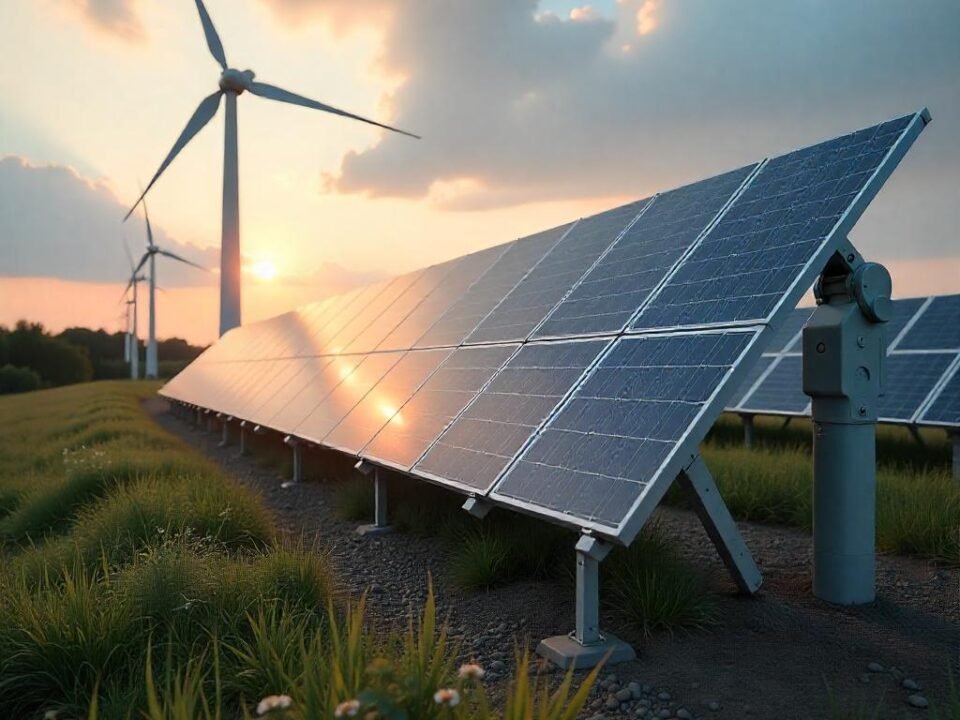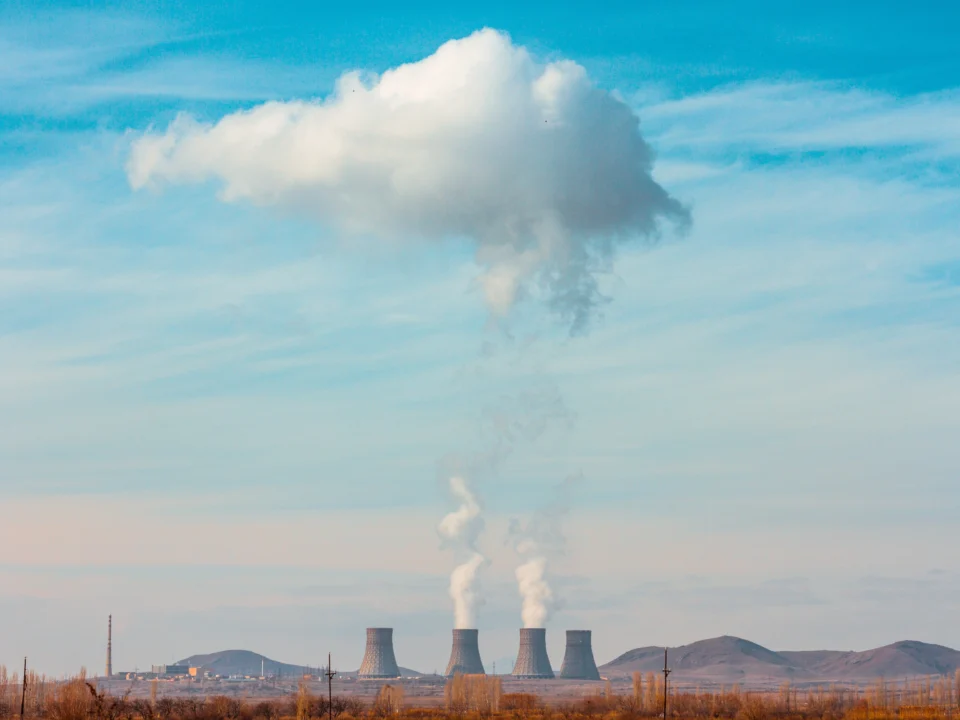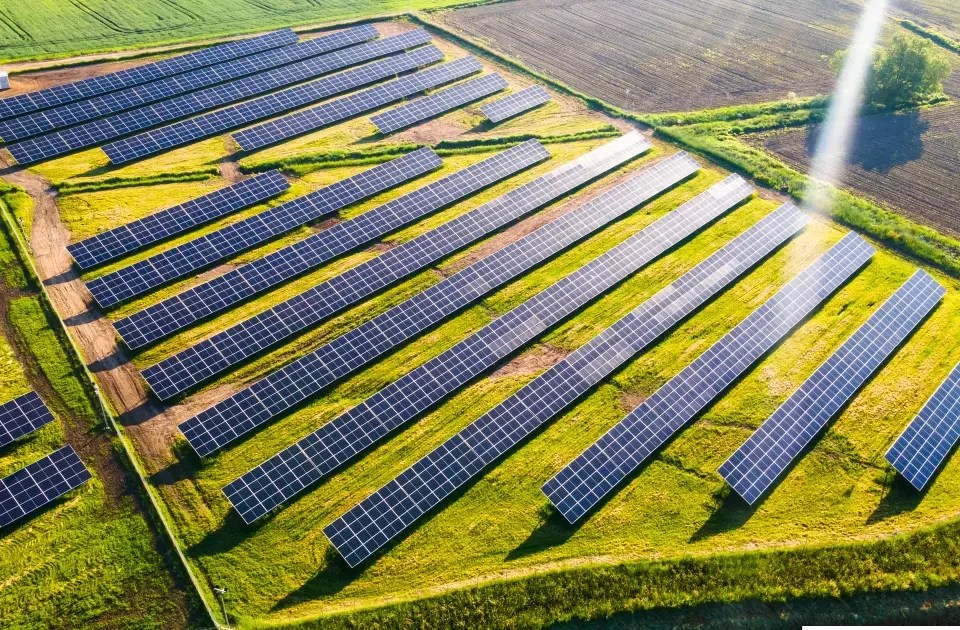Every technology that we find futuristic today, was invented and used in its rudimentary form way back in our ancient civilizations. Our ancestors weren’t like us. They were curious about everything around them. They were constantly battling with the forces of the harsh nature to survive. Therefore, they found amazing, unique and simple ways that through planned architecture, town layouts, material modelling and plant/animal-based solutions to all their day-to-day challenges.
However, as you the Sun is respected, worships and feared by almost all cultures, mythologies, tribes and religions all over the world, be it the Mayans, the Aryans, the Egyptians or the Native Americans. They recognized that solar energy is the only source of energy that is limitless and dependable. And so they planned their life around the sun. Ancient Egyptians were the first humans to harness solar power with technical finesse. They build strategic homes that didn’t absorb the sun too quickly in the day but retained and slowly dissipated heat at night.
The ancient Greek civilization was quite advanced as well. In the 3rd century, BC they achieved a new milestone by not for using solar power for domestic comfort, but—allegedly—as a weapon of mass destruction! The story (which to the present day is a highly debated hot topic of dissension among scientists, archaeologists and historians) goes that a Roman naval force was sailing to sack the Greek citadel of Syracuse. With the assistance of the legendary inventor Archimedes, the Greeks were reported to possess used highly polished metal shields as mirrors to amplify and focus the rays of the sun—and set fire to the advancing ships!
The solar architecture of China, Japan and Korea are quite legendary as well. Six thousand years back, Neolithic villagers built their homes face south to catch the rays of the low winter sun to assist warm the inside. The overhanging thatch kept the high summer sun off the homes throughout the day so those insides would stay cool. Two thousand years later the Chinese began to formally study the movement of the sun throughout the year in relationship to the world. Knowledge gained from these studies stimulated Chinese urban planners to construct the most streets of towns to run east to west to permit every house to seem to the south to catch the winter sun for supplementary heating.
There are many instants throughout our ancient history that redefine the way the usage of solar energy has evolved in our world. Some of these architectural designs and techniques are still used as the foundational cornerstones of many modern buildings like the Sydney Opera House. We as humans need to take the utilization of solar energy forwards with photo-electric panels and associated appliances to ensure that it becomes a modern-day norm.




